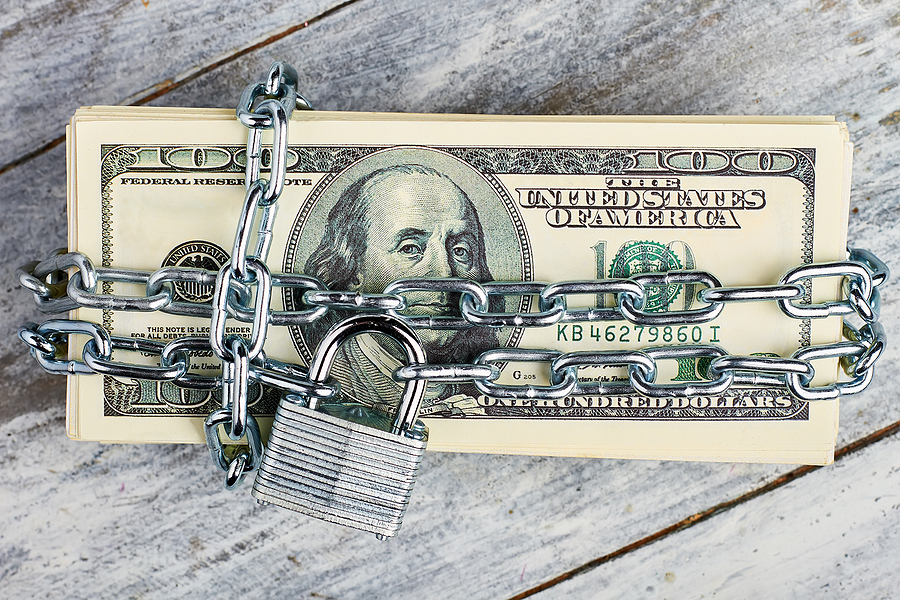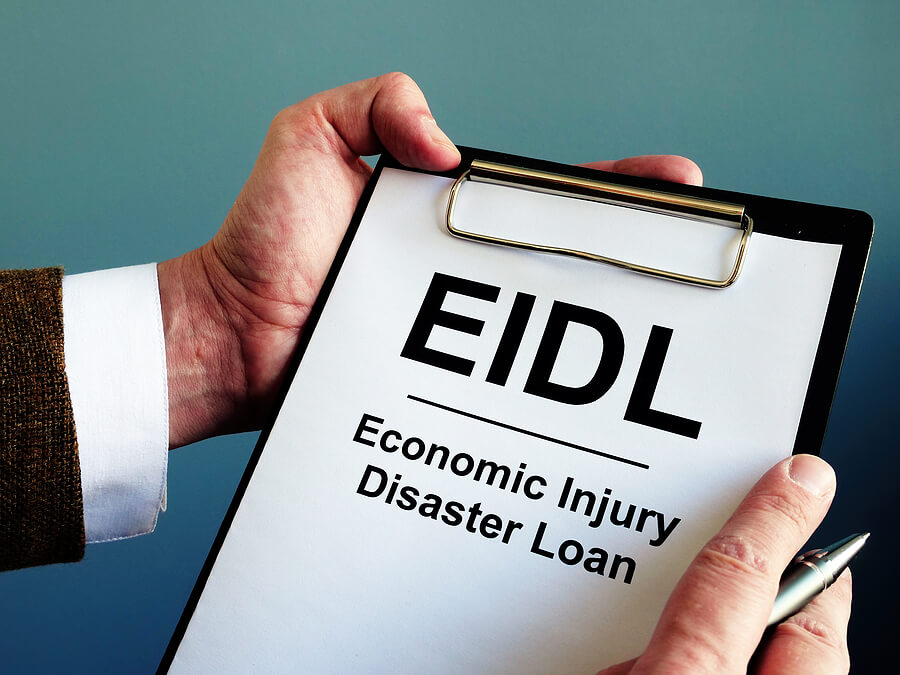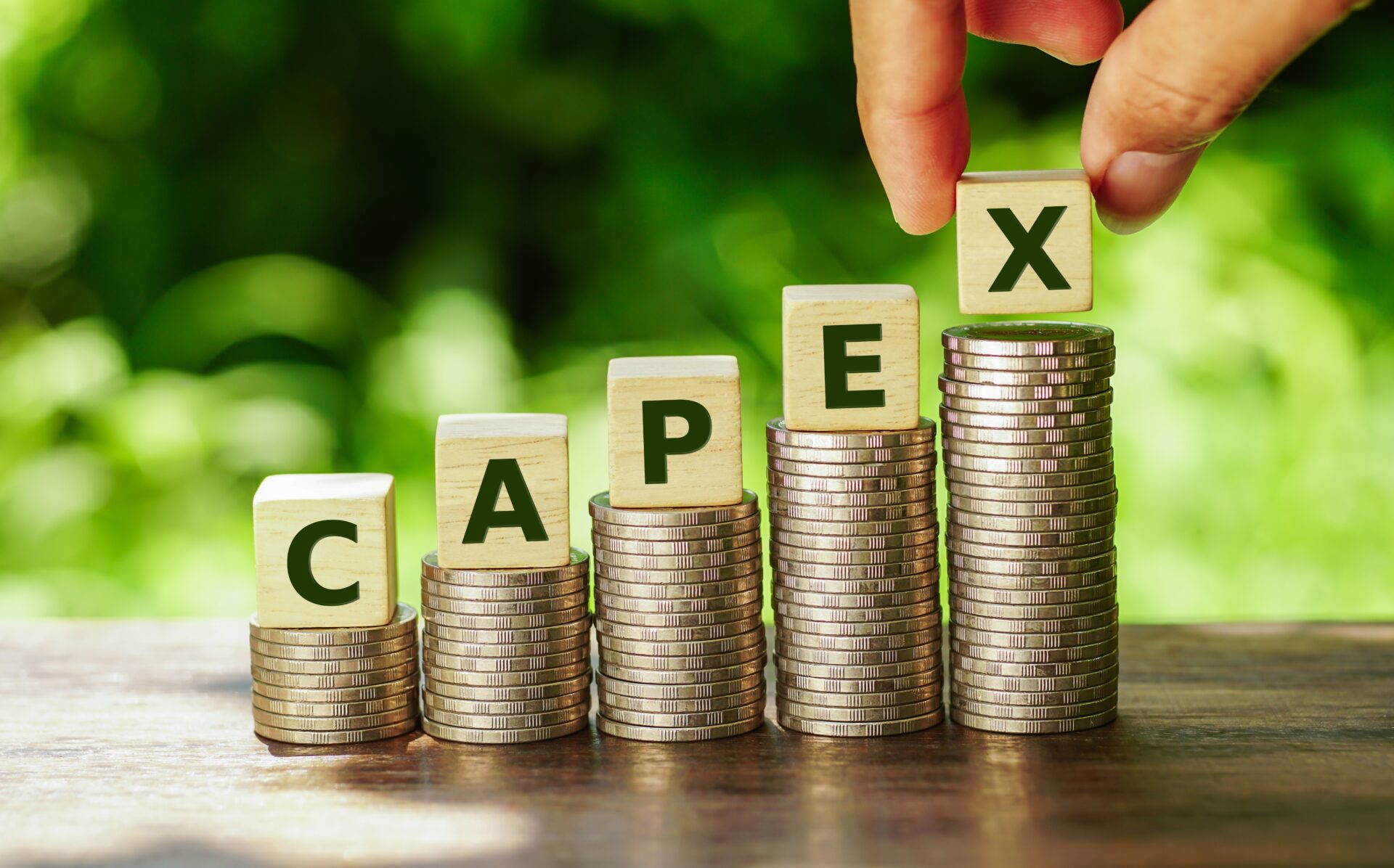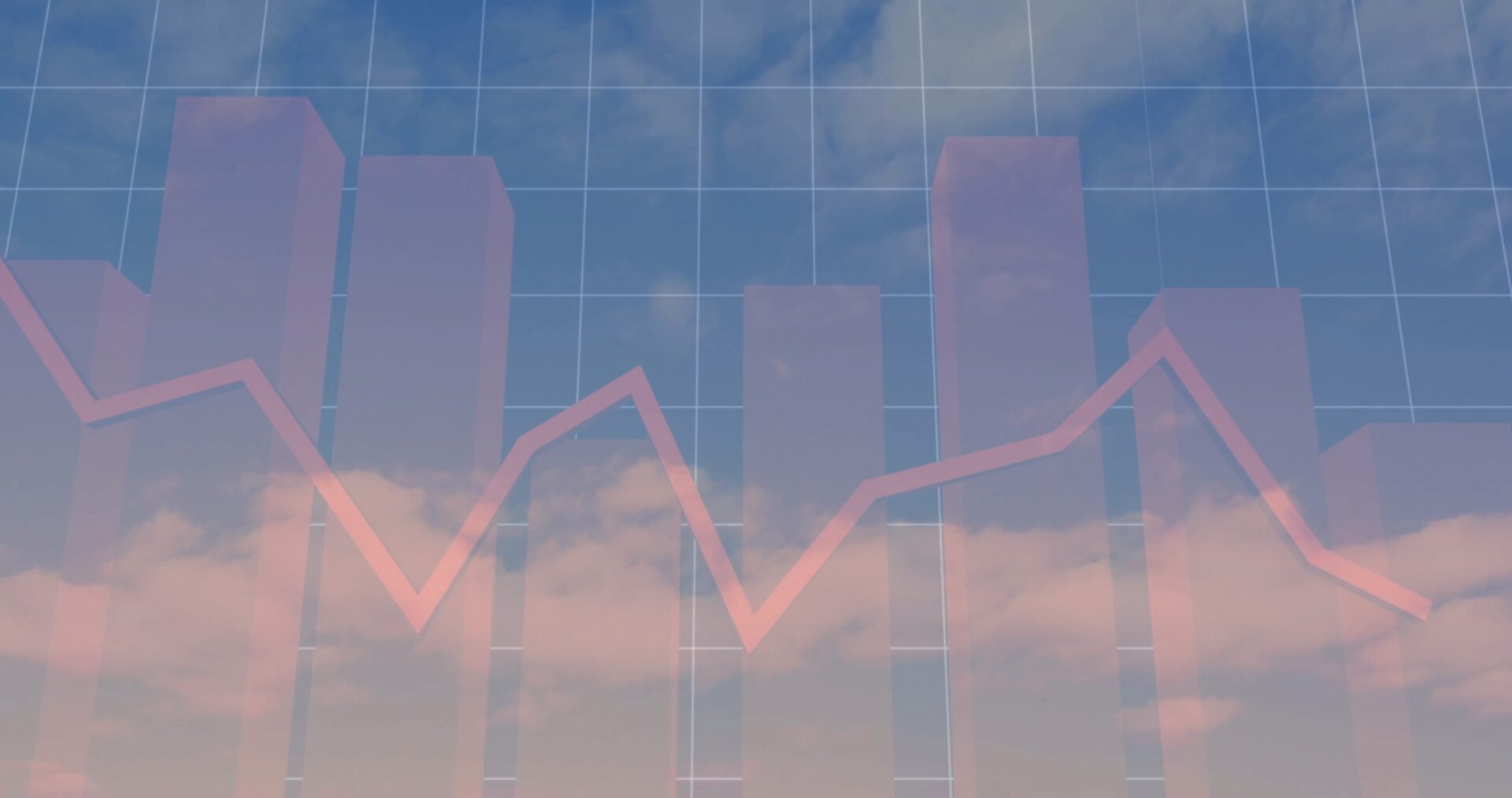Since the onset of the COVID-19 pandemic, there have been a few different SBA funding options made available to help small businesses survive the economic downturn. One of them is the EIDL loan (Economic Injury Disaster Loan). Much like the PPP (Payroll Protection Plan), the EIDL loan is surrounded by some confusion, especially about how it can be spent. Our goal here is to cut through that confusion and explain how this type of loan works and how to spend it.
The EIDL Loan Explained
The EIDL is a loan extended to small businesses, qualified agricultural businesses, and non-profit organizations that have experienced a loss of revenue due to COVID. Unlike the PPP loans and EIDL Advances that preceded it, the EIDL loan is not forgivable. It is a low cost, long term 30-year loan with fixed interest rates of 3.75% for businesses and 2.75% for non-profit organizations. The purpose of this loan is to help these businesses and organizations meet the financial obligations of normal operating expenses.
Unlike the PPP loan and the EIDL Advance, you can still apply for an EIDL, but not for long. The deadline to apply is December 21, 2020. EIDL applications that have already been submitted are being processed on a first-come, first-serve basis.

How an EIDL Loan Can be Used
According to the SBA, an EIDL is to be used to cover “reduced working capital, increased expenses, cash shortage due to frozen inventory or receivables, accelerated debt, etc. EIDL proceeds can only be used for working capital necessary to carry the concern until the resumption of normal operations and for expenditures necessary to alleviate the specific economic injury.”
Admittedly, this explanation is a bit vague. While this is not an official SBA definition, working capital loans are generally used to pay the daily operating expenses of the business. These might include salaries, inventory, rent, utilities, and short-term debt or long-term debt payments.
EIDL loans are not the result of the COVID pandemic. They have been part of the SBA’s Disaster relief program for years. Their SOP for disaster loans provides some insight into how an EIDL can be used.
To-date Needs – These include normal financial obligations already incurred and the business is presently unable to pay. They are typically listed as liabilities on the most current post-disaster balance sheet. They include funds required to make delinquencies current and to restore working capital to normal levels.
Future Needs – These are normal financial obligations the business would be unable to meet throughout the remainder of the injury period. They can sometimes be a continuation of the to-date needs. Some examples are:
- Fixed debt payments necessary to maintain the current status of long term debts
- Payments of ongoing fixed expenses such as rent, utilities, and insurance premiums
- The owner’s draw/salary when the draw is both normal and essential
Extraordinary Needs – These fall outside of normal operating expenses and are directly caused by the disaster. They can include:
- Temporary rent or storage fees, additional advertising costs, etc.
- Accelerated debt due to the disaster
- Inventory replacement needed to continue conducting business

EIDL Loan Restrictions
Here is an overview of ways that an EIDL loan can NOT be used.
- Payment of any dividends or bonuses
- Disbursements to owners, partners, officers, directors, or stockholders, except when directly related to the performance of services for the benefit of the applicant
- Repayment of stockholder/principal loans, except when the funds were injected on an interim basis as a result of the disaster and non-repayment would cause undue hardship to the stockholder/principal
- Expansion of facilities or acquisition of fixed assets
- Repair or replacement of physical damages
- Refinancing long term debt
- Paying down (including regular installment payments) or paying off loans provided, or owned by another Federal agency (including SBA) or a small business investment company licensed under the Small Business Investment Act. Federal Deposit Insurance Corporation (FDIC) is not considered a Federal agency for this purpose
- Payment of any part of a direct Federal debt, (including SBA loans) except IRS obligations. (for more information, see page 75 of the SOP)
- Paying any penalty resulting from noncompliance with a law, regulation or order of a Federal, state, regional, or local agency
- Contractor malfeasance
- Relocation
Still Have Questions?
If you are unsure of how you can use EIDL loan funds, it is best to consult with your business accountant or contact the SBA directly. Here at CapFlow Funding Group, we are doing our best to provide our clients with the information and resources they need to not only survive but rebound once the virus is contained and the restrictions are lifted. If you are interested in applying for any of our funding options, please contact us to discuss the possibilities.




